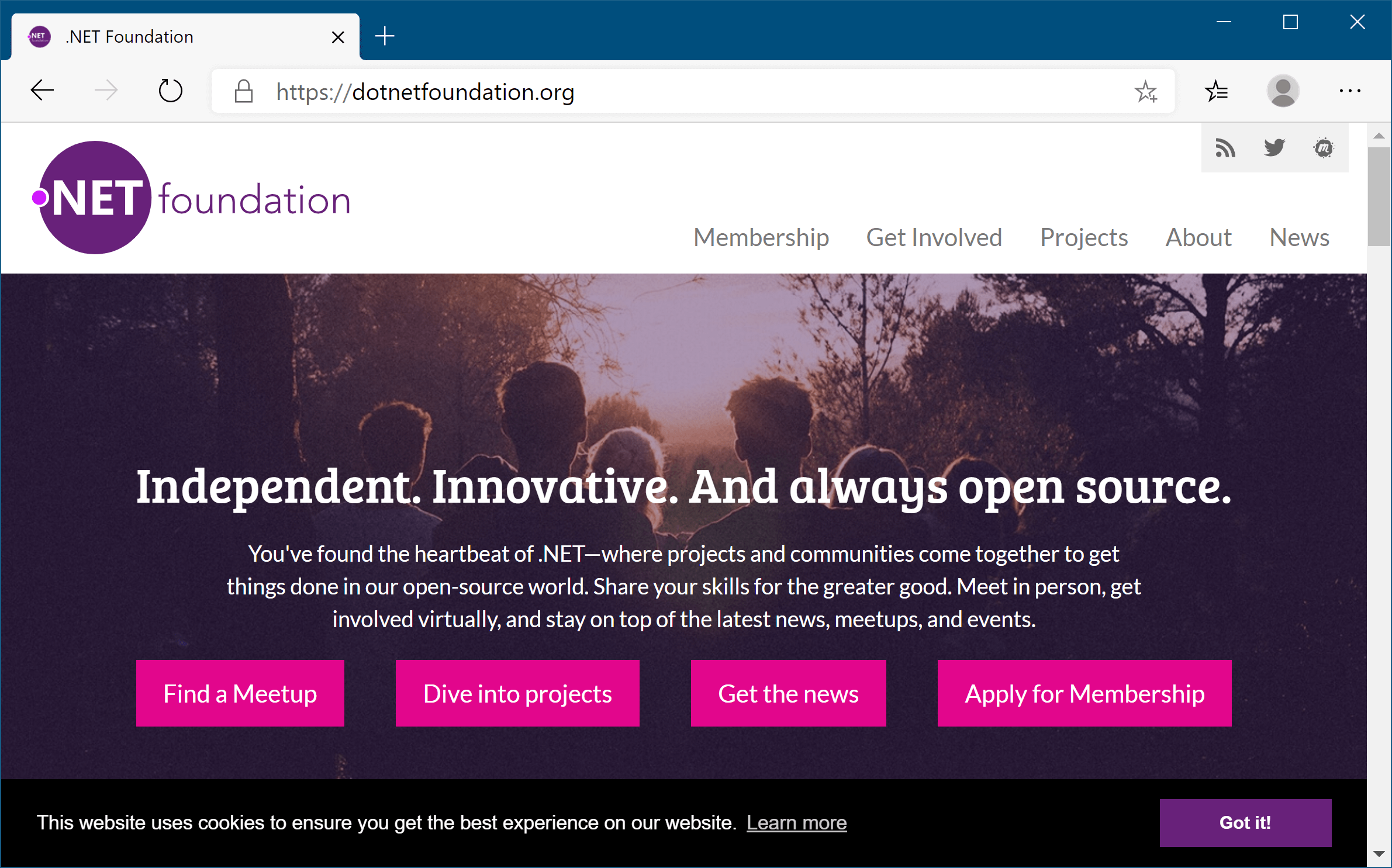The Manning Early Access Program (MEAP) has started for the second edition of my book ASP.NET Core in Action, Second Edition. This post gives you a sample of what you can find in the book. If you like what you see, please take a look - for now you can even get a 40% discount with the code bllock2. On top of that, you’ll also get a copy of the first edition, free!
The Manning Early Access Program provides you full access to books as they are written, You get the chapters as they are produced, plus the finished eBook as soon as it’s ready, and the paper book long before it’s in bookstores. You can also interact with the author (me!) on the forums to provide feedback as the book is being written.
When to choose ASP.NET Core
This article assumes that you have a general grasp of what ASP.NET Core is and how it was designed. You might be wondering: should you use it? Microsoft is recommending that all new .NET web development should use ASP.NET Core, but switching to or learning a new web stack is a big ask for any developer or company. In this article I cover:
- What sort of applications you can build with ASP.NET Core
- Some of the highlights of ASP.NET Core
- Why you should consider using ASP.NET Core for new applications
- Things to consider before converting existing ASP.NET applications to ASP.NET Core
What type of applications can you build?
ASP.NET Core provides a generalized web framework that can be used for a variety of applications. It can most obviously be used for building rich, dynamic websites, whether they’re e-commerce sites, content-based sites, or large n-tier applications—much the same as the previous version of ASP.NET.
When .NET Core was originally released, there were few third-party libraries available for building these types of complex applications. After several years of active development, that’s no longer the case. Many developers have updated their libraries to work with ASP.NET Core, and many other libraries have been created to target ASP.NET Core specifically. For example, the open source content management system (CMS), Orchard has been redeveloped as Orchard Core to run on ASP.NET Core. In contrast, the cloudscribe CMS project (figure 1) was written specifically for ASP.NET Core from its inception.

ASP.NET Core isn’t restricted to creating RESTful services. It’s easy to create a web service or remote procedure call (RPC)-style service for your application, depending on your requirements, as shown in figure 2. In the simplest case, your application might expose only a single endpoint, narrowing its scope to become a microservice. ASP.NET Core is perfectly designed for building simple services thanks to its cross-platform support and lightweight design.

#asp.net core #asp.net core in action
